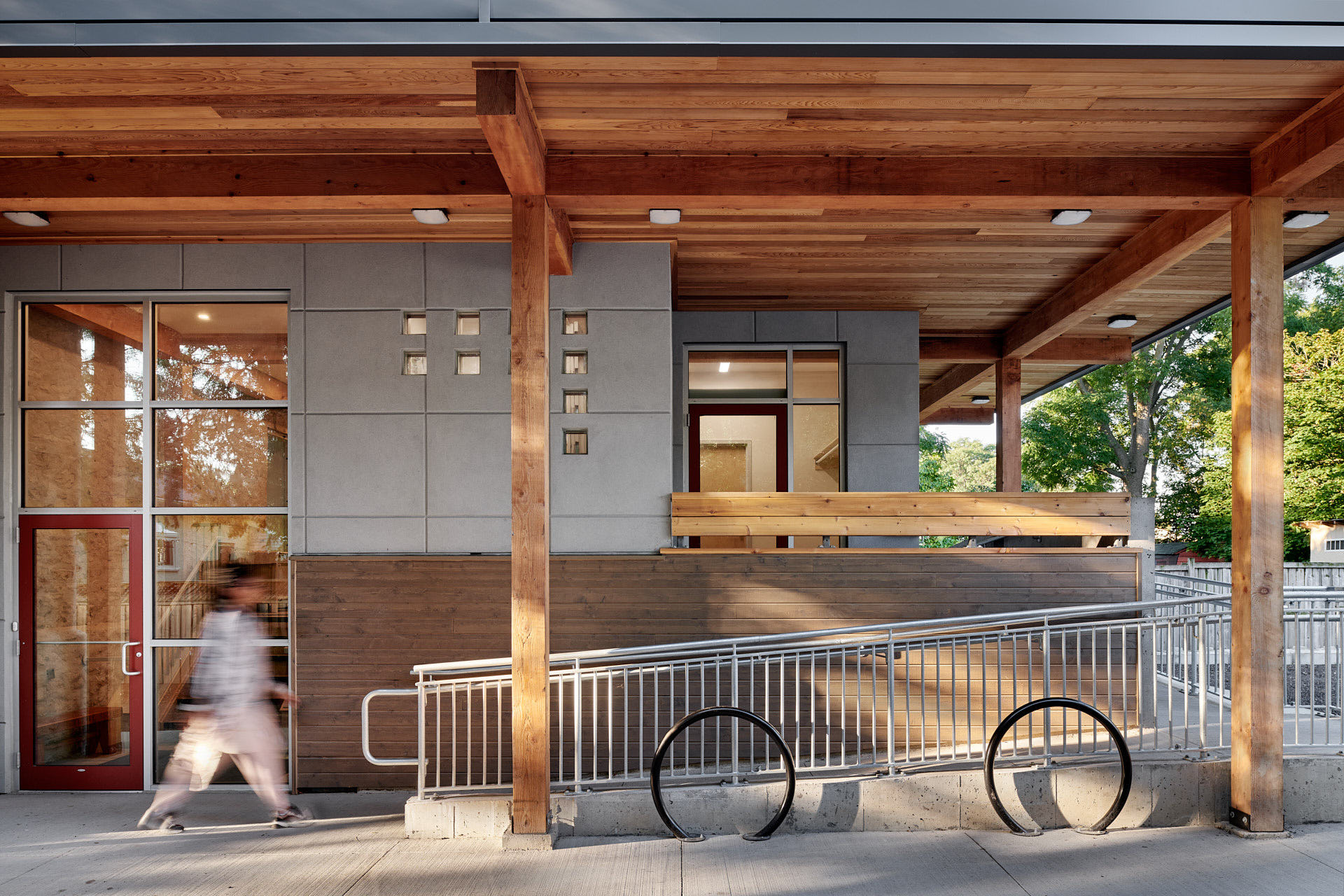Architecture Photography Vs. Real Estate Photography
Understanding the difference between architectural photography and real estate photography is key to grasping the pricing gap when comparing quotes from photographers.
Real estate photography generally involves 1–2 hours spent capturing each room of a home in a quick, documentary style. These images are processed with basic edits, often leaving finer adjustments undone to keep costs low. Real estate photography typically falls within a budget of $200–$500 and is intended for short-term use on MLS listings, aiding in the sale or rental of properties. The primary goal is informational—to entice buyers to visit the property in person.
In contrast, architectural photography focuses on creating images with a longer lifespan, higher quality, and deeper purpose. While MLS images are disposable after a sale, architectural photographs represent your company’s capabilities and design vision for years to come. These images are your portfolio and brand identity, much like a well-crafted piece of furniture, these images are designed to endure and maintain their relevance over time.
Architectural photographers invest time to understand the story behind a space, its design, and its functionality. They showcase this story through thoughtful composition, lighting, and color balance, sometimes incorporating human elements for scale and relatability. Images are meticulously processed to remove distractions and highlight the craftsmanship and design.
This level of care and quality demands more time and resources. Architectural photography projects often span at least a week, including planning, communication, 1–2 days of scouting and shooting, and post-processing. Rates typically range from $1,500–$5,000 per day on location, plus additional fees for image retouching and usage rights. These rates may vary based on location, the photographer’s qualifications, and their level of expertise.
So, How Much Does an Architectural Shoot Actually Cost?
This is one of the most common questions we hear, and the answer is more complex than you might think. Many factors influence the overall cost of a shoot, including time, resources, and project scope. To provide an accurate quote, we ask a series of questions to better understand your needs:
Questions to Consider for an Accurate Quote
- What does your company specialize in?
Different industries—architects, interior designers, contractors, manufacturers, hotels, or landscapers—have unique photography needs. Some projects may cover 2-3 locations in a day, while others require a full day or more for a single location.
- Where is the project located?
Location impacts logistics, including travel planning, gear transport, and availability within your timeline.
- Rushed images not only strain your budget but also compromise the final quality of the work. High-quality results require proper attention to detail, which is best achieved with sufficient lead time.
- What is the project scope or focus?
Sharing a shot list, reference photos, or a virtual walkthrough helps us determine the compositions needed and estimate the time for each shot. Some images may require complex compositing for polished results.
- Where will the images be used?
Understanding usage—whether for web, print, advertising, or PR—affects image specifications, cropping, and licensing fees.
- How many images do you need?
We prioritize quality over quantity because a strong portfolio relies on clarity, consistency, and impactful storytelling. One thoughtfully composed image can have far greater impact than multiple mediocre shots, making your brand and work stand out effectively.
- What is your budget?
Understanding your budget helps us create tailored quotes that maximize the value of your investment while ensuring efficient use of time and resources. We typically provide two options: one designed to optimize your budget and another that strikes a balance between cost and added features, allowing you to choose the best fit for your needs.
- Are you collaborating with other vendors?
Cost-sharing agreements with collaborators (e.g., builders or designers) can significantly reduce your expenses.
What Should Your Budget Be?
Determining your budget is a personal decision, but it should account for factors like travel, photography time, styling, post-processing, image usage, and the value of the project itself.
The Business Development Bank of Canada (BDC) recommends the following marketing budget guidelines:
- B2B companies: 2–5% of revenue
- B2C companies: 5–10% of revenue
For photography and videography, consider what your company can afford relative to the project’s profit and long-term value. If your goal is to grow brand awareness and increase profits through marketing, it’s advisable to budget toward the higher end of these percentages. Investing in professional, high-quality content will elevate your marketing efforts, strengthen your brand presence, and deliver lasting returns on your investment.
Start the Conversation
We specialize in crafting timeless images that authentically represent your brand’s story and vision. Whether you’re looking to elevate your portfolio or create standout marketing materials, we’re here to help.
Ready to get started? Contact us today to discuss your project and learn more about our process. Let’s make your vision a reality!

Be the first to comment